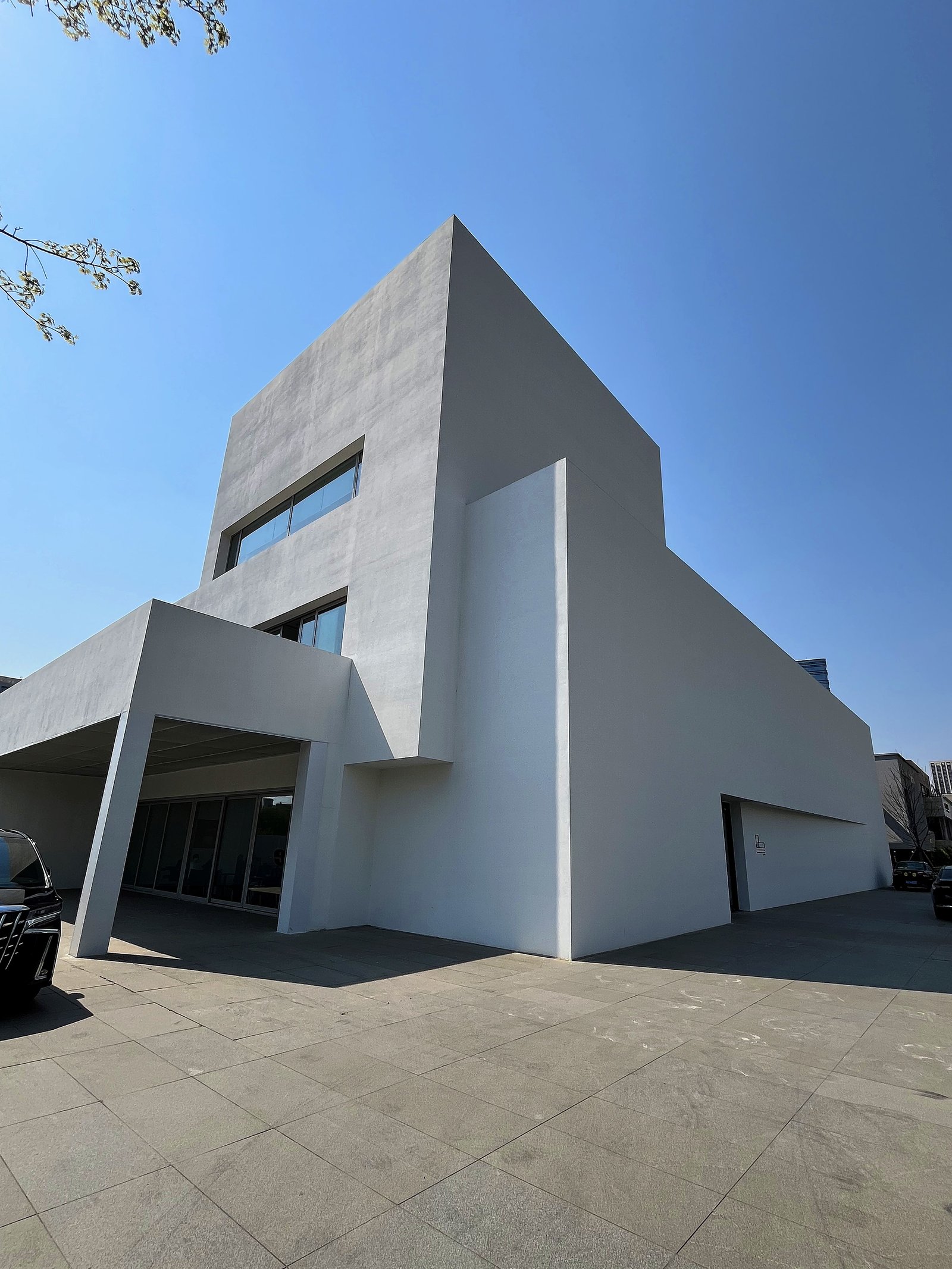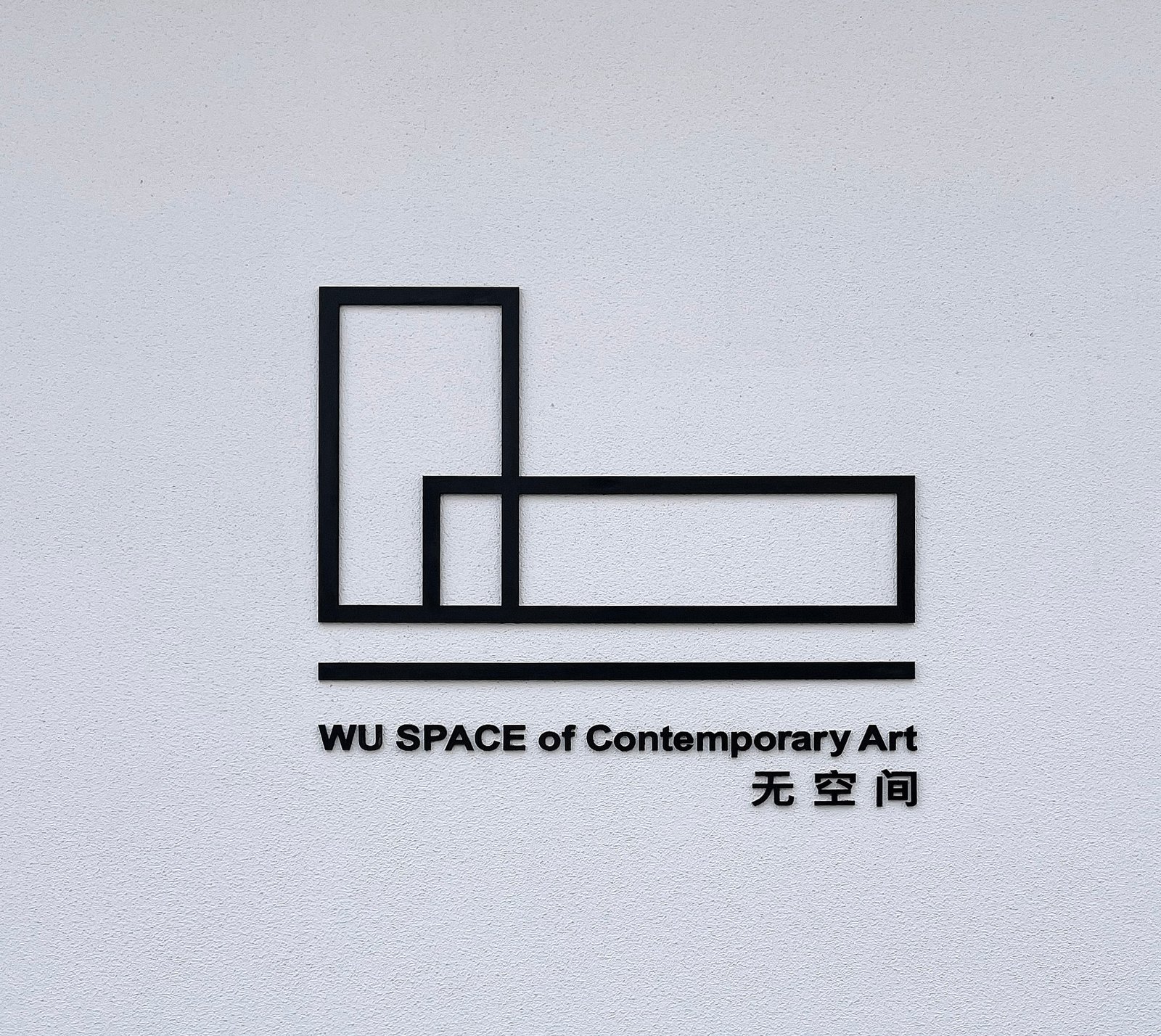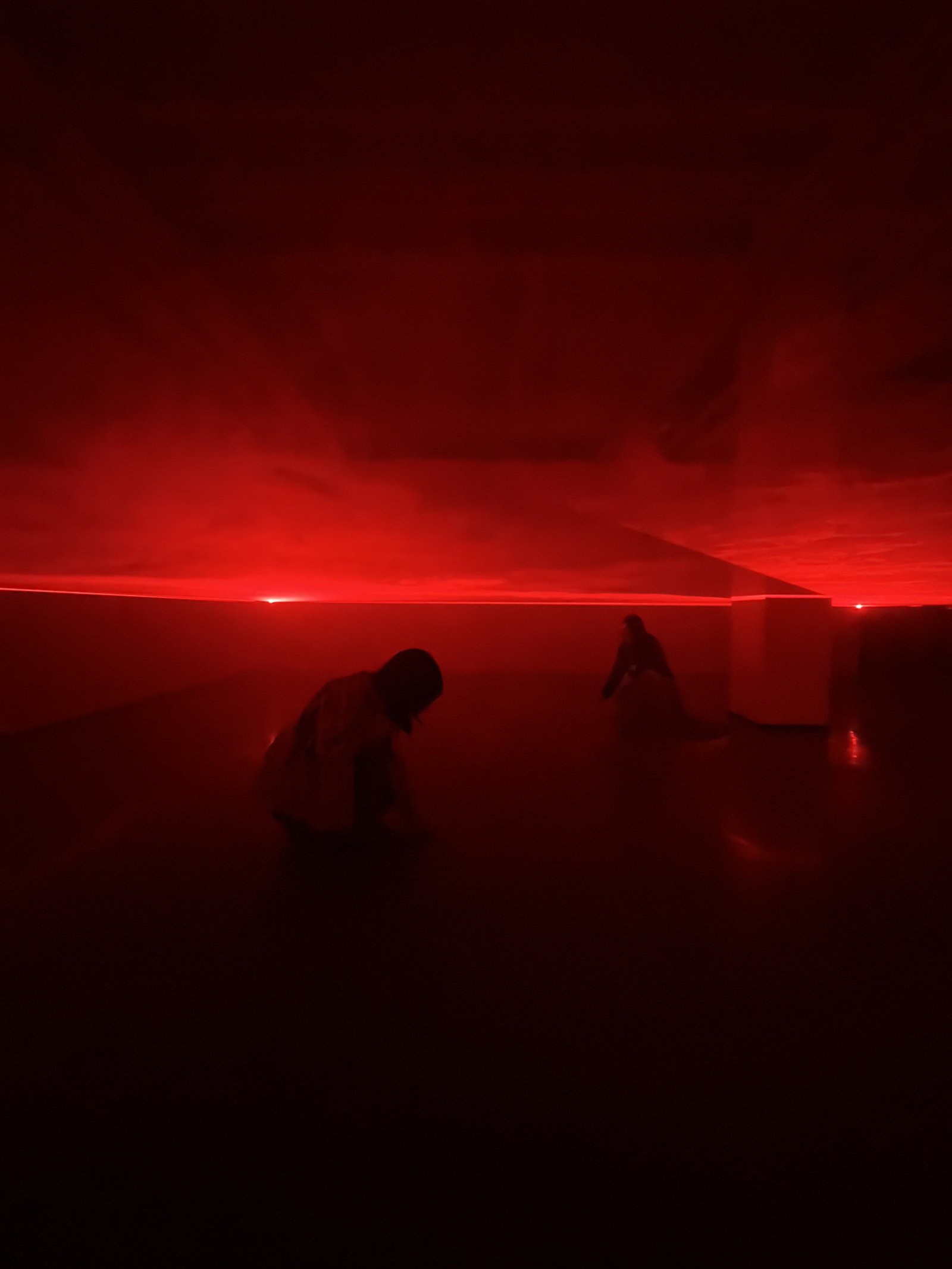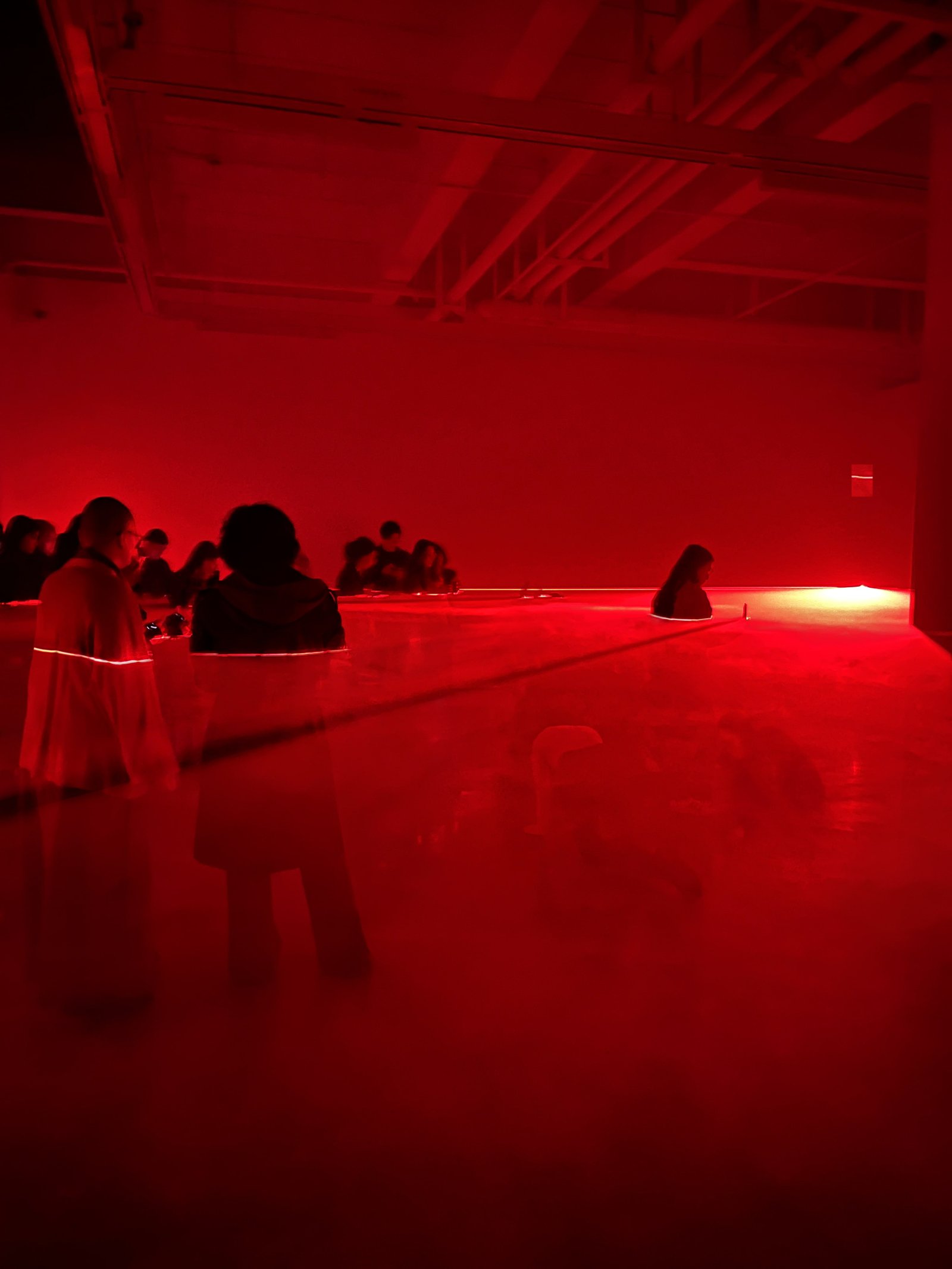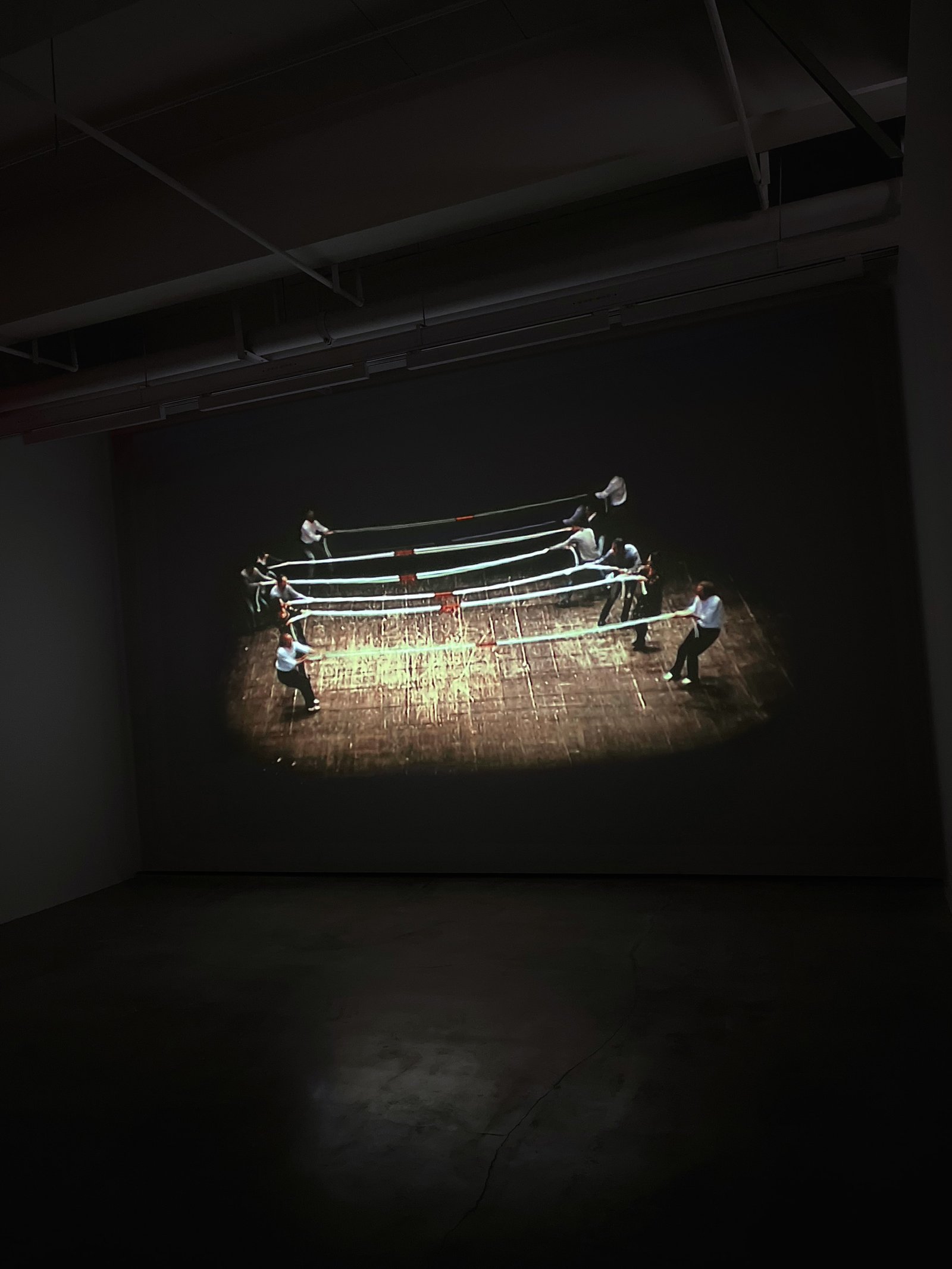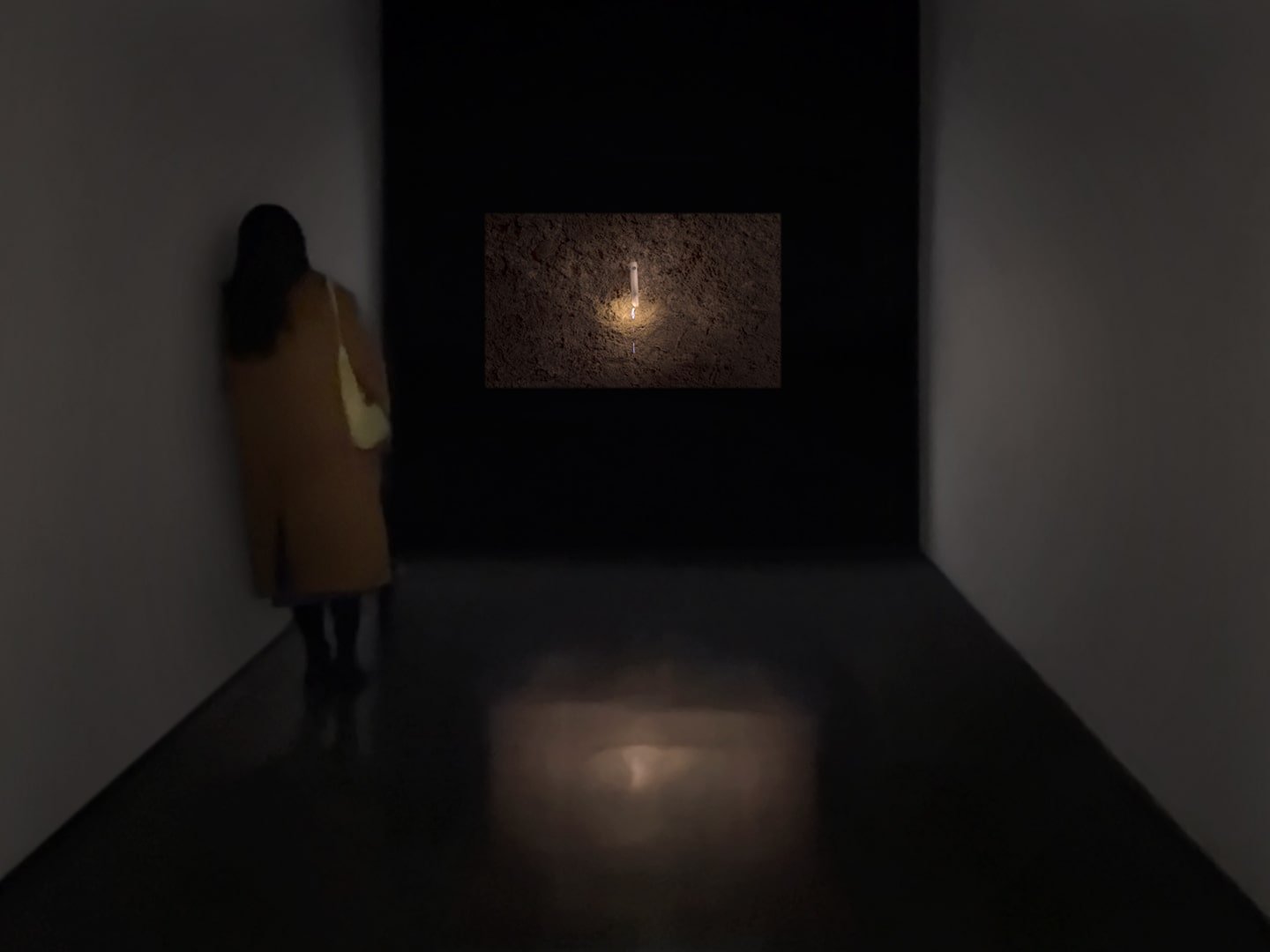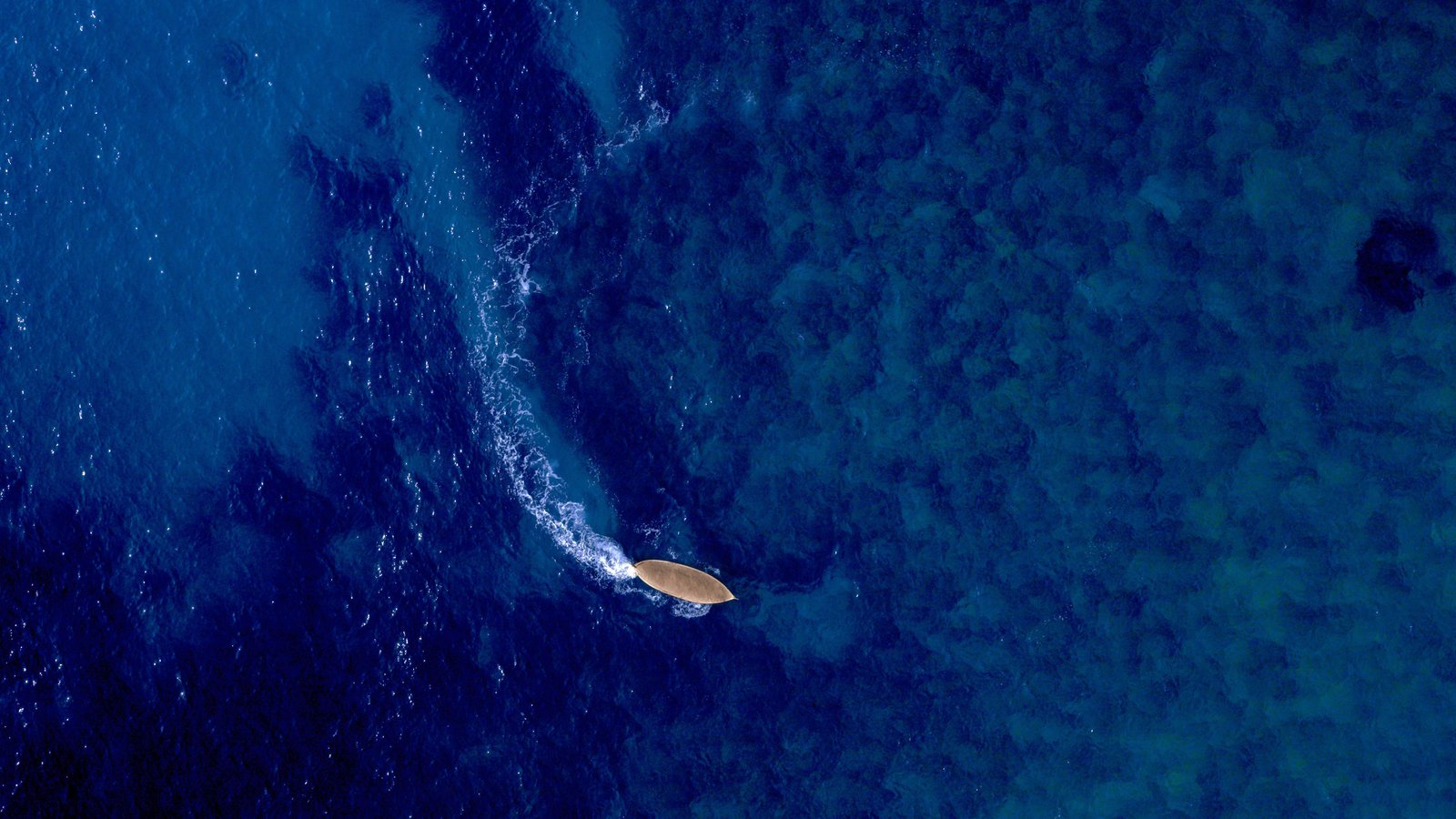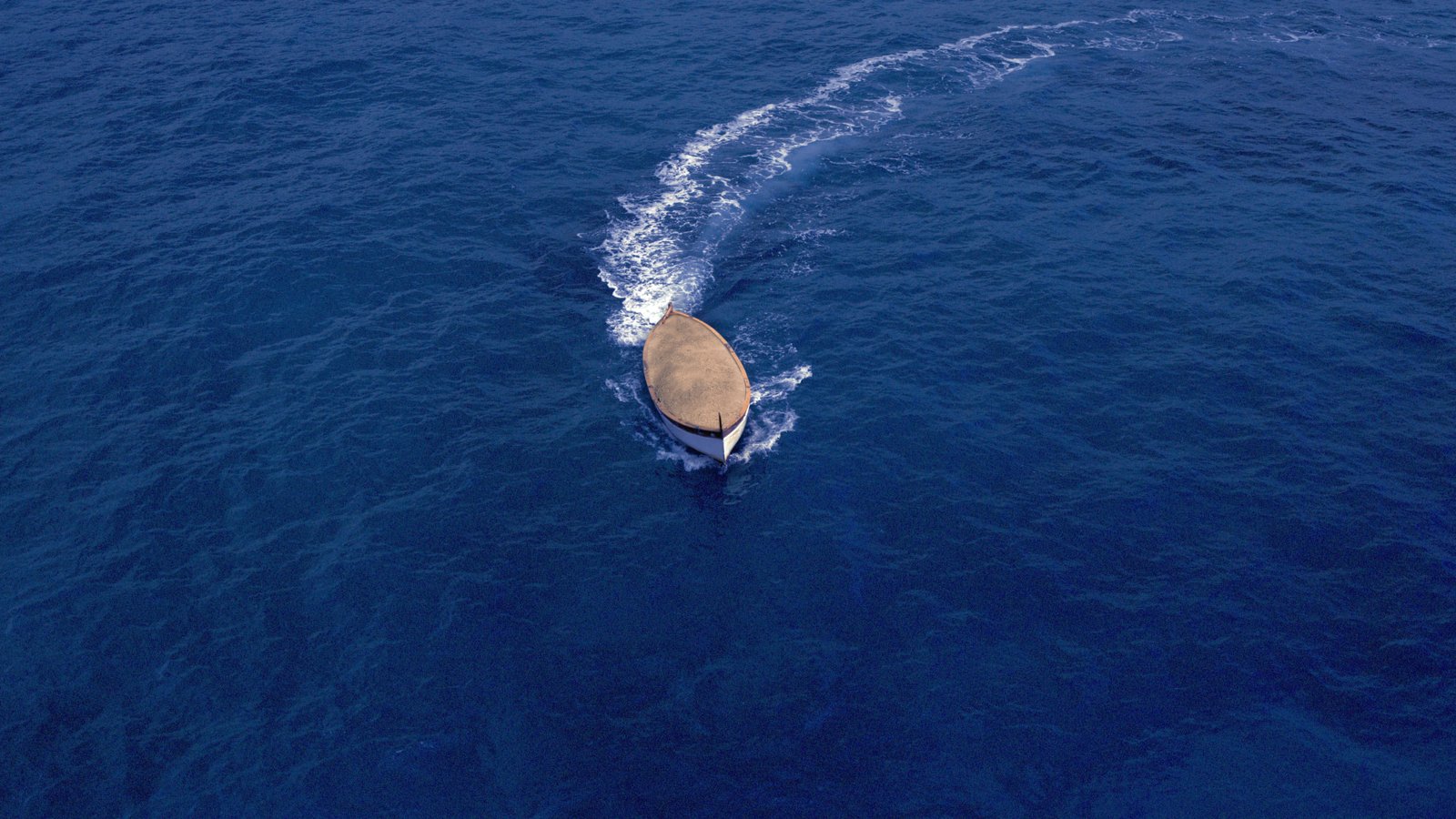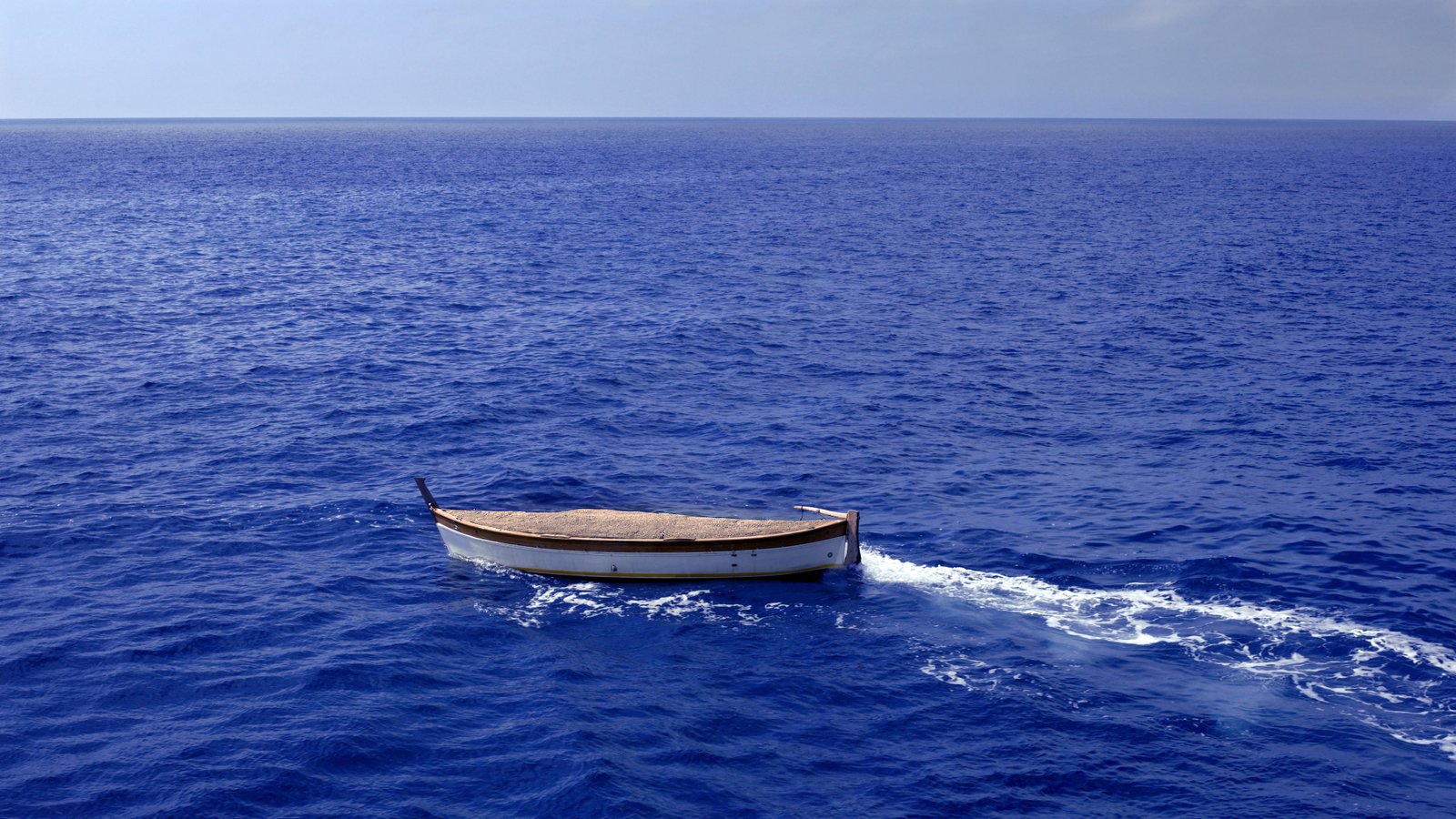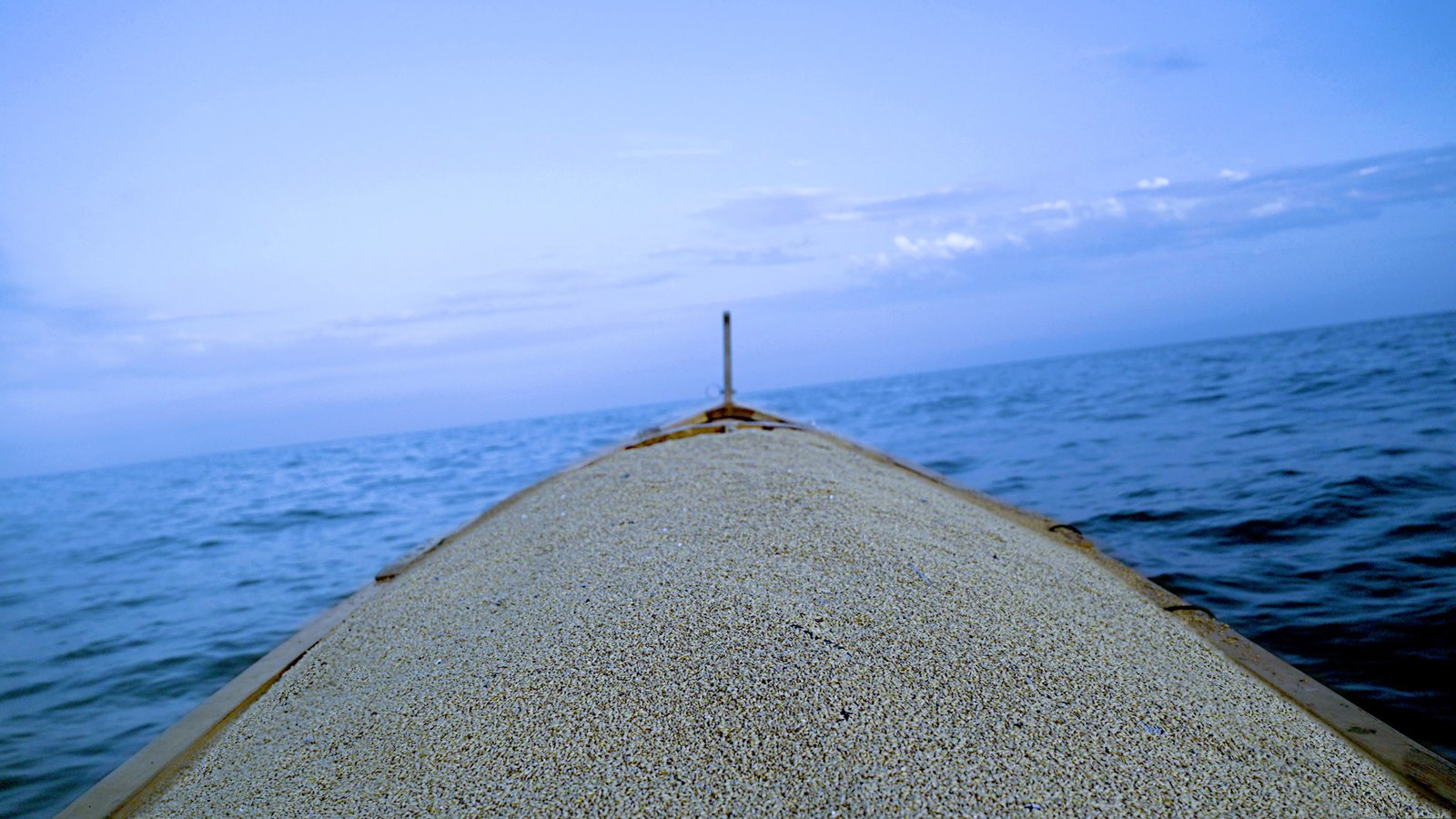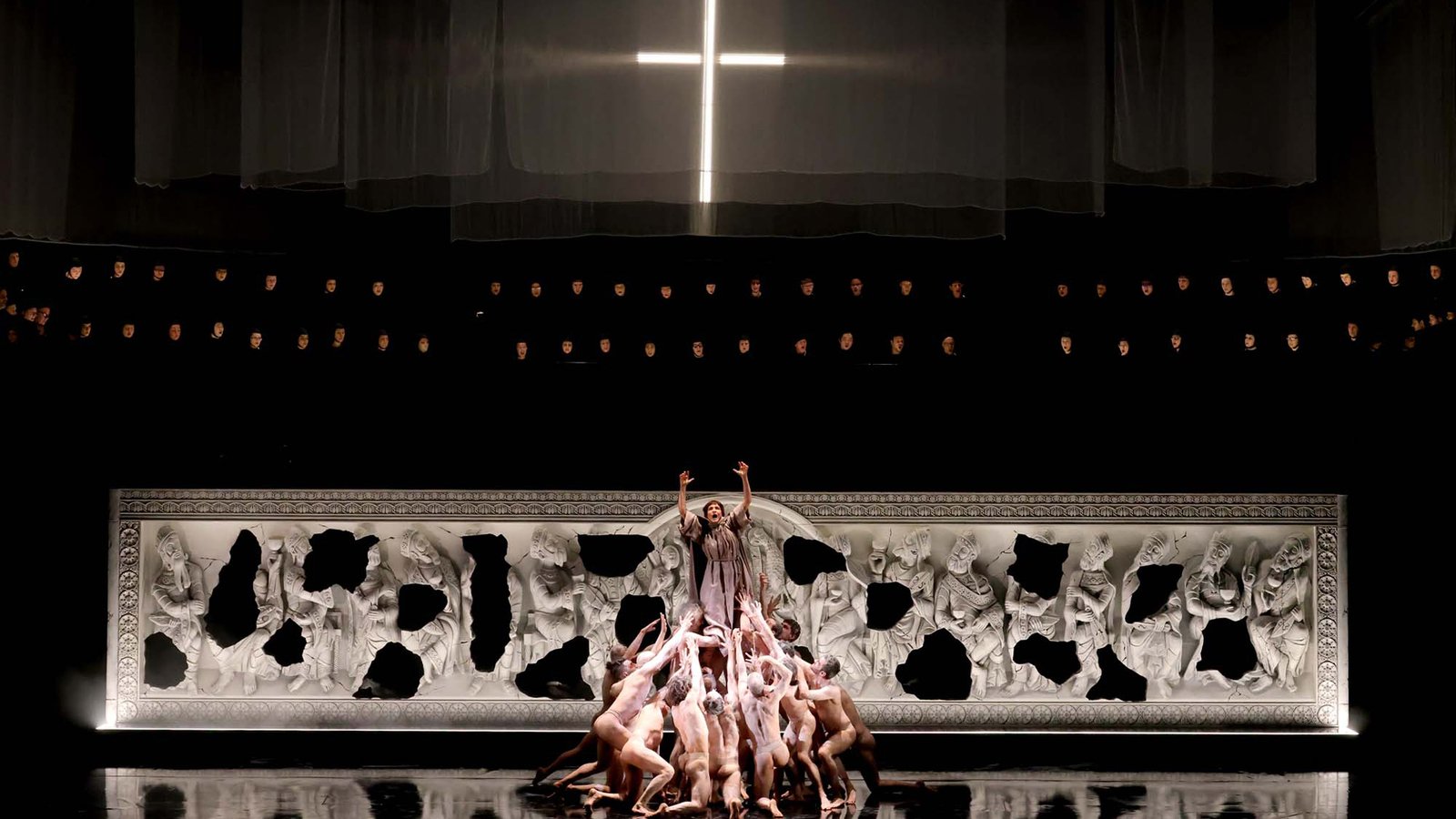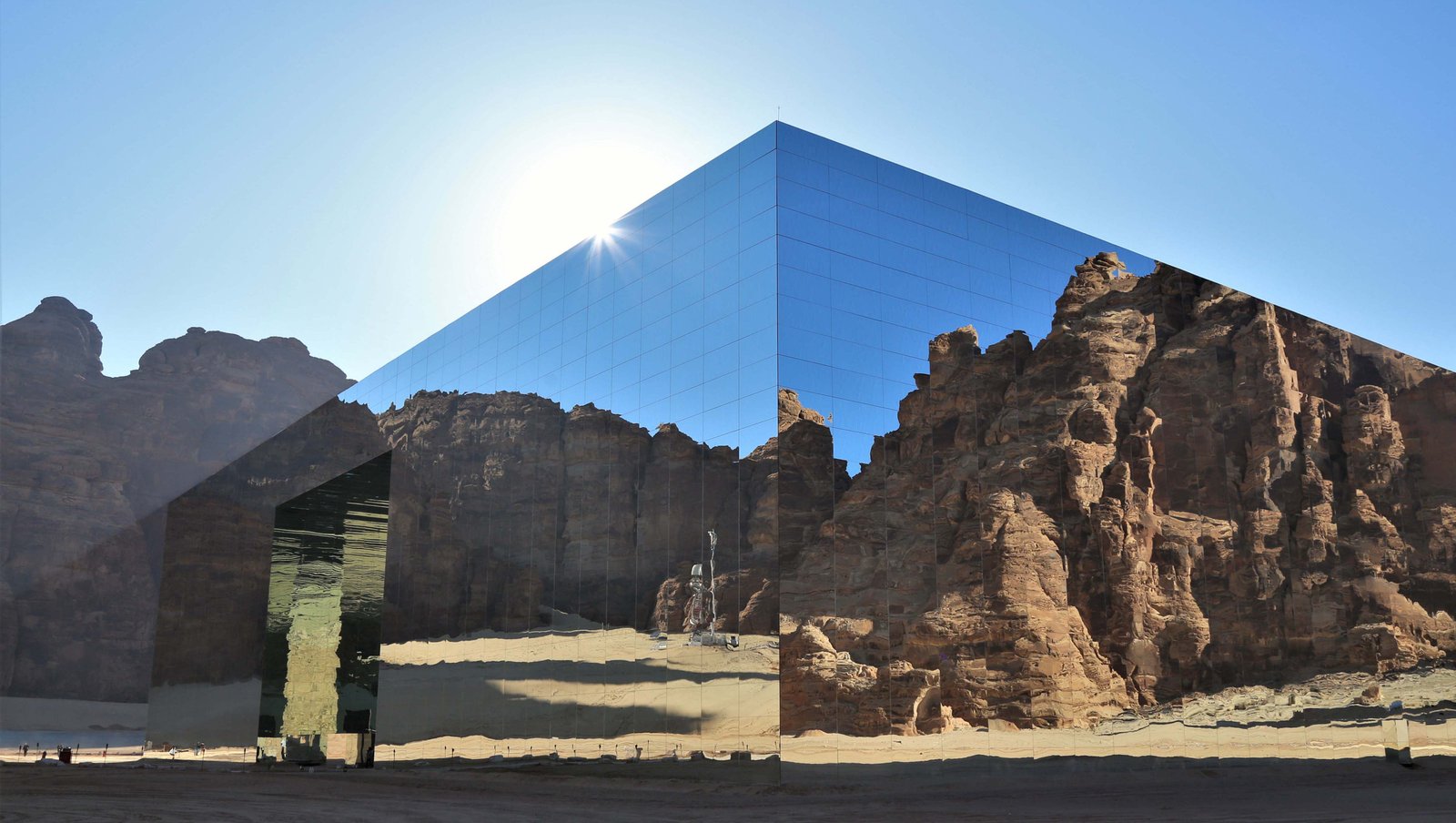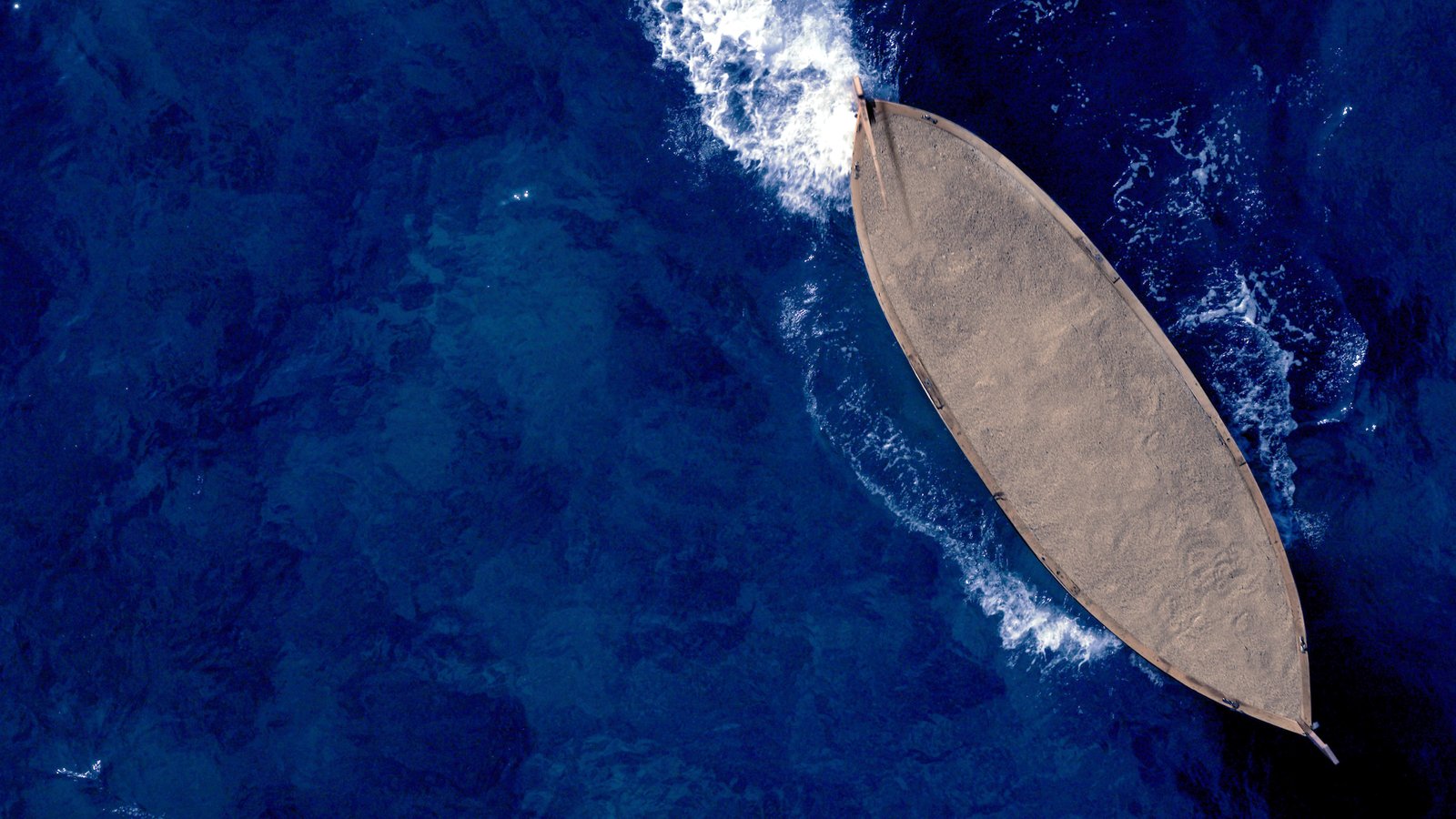
Filippo Berta’s New Exhibition "Liminal" in China
A Bold Artistic Reflection on Borders, Identity, and Community at Wu Space, Shenyang
An exhibition project at Wu Space in Shenyang explores the concept of boundaries between identity, society, and authorship through participatory performances and collective works.
The first time I heard the Latin word limes was in high school, during my classical studies. We were likely reading a Latin passage about some epic moment involving the Roman army pushing the borders of its empire ever further. The limes were fortified routes, drawn to meet the logistical needs of the military during campaigns. Perhaps the first true demarcation lines built to separate “two countries,” to mark the differences between one place and another, one people and another.
I’ve always been fascinated by the concept of a boundary, because it inherently holds a deep contradiction that challenges the very idea of limitation.
On the one hand, a border — such as the one between two states — highlights the differences between cultures, between people with diverse customs; on the other hand, it also establishes the limits of those who draw that boundary. “This is my limit; beyond this, I do not go.”
The border reinforces identity, but at the same time reveals the fragility of every human being, showing just how varied and complex the forms of separation can be.
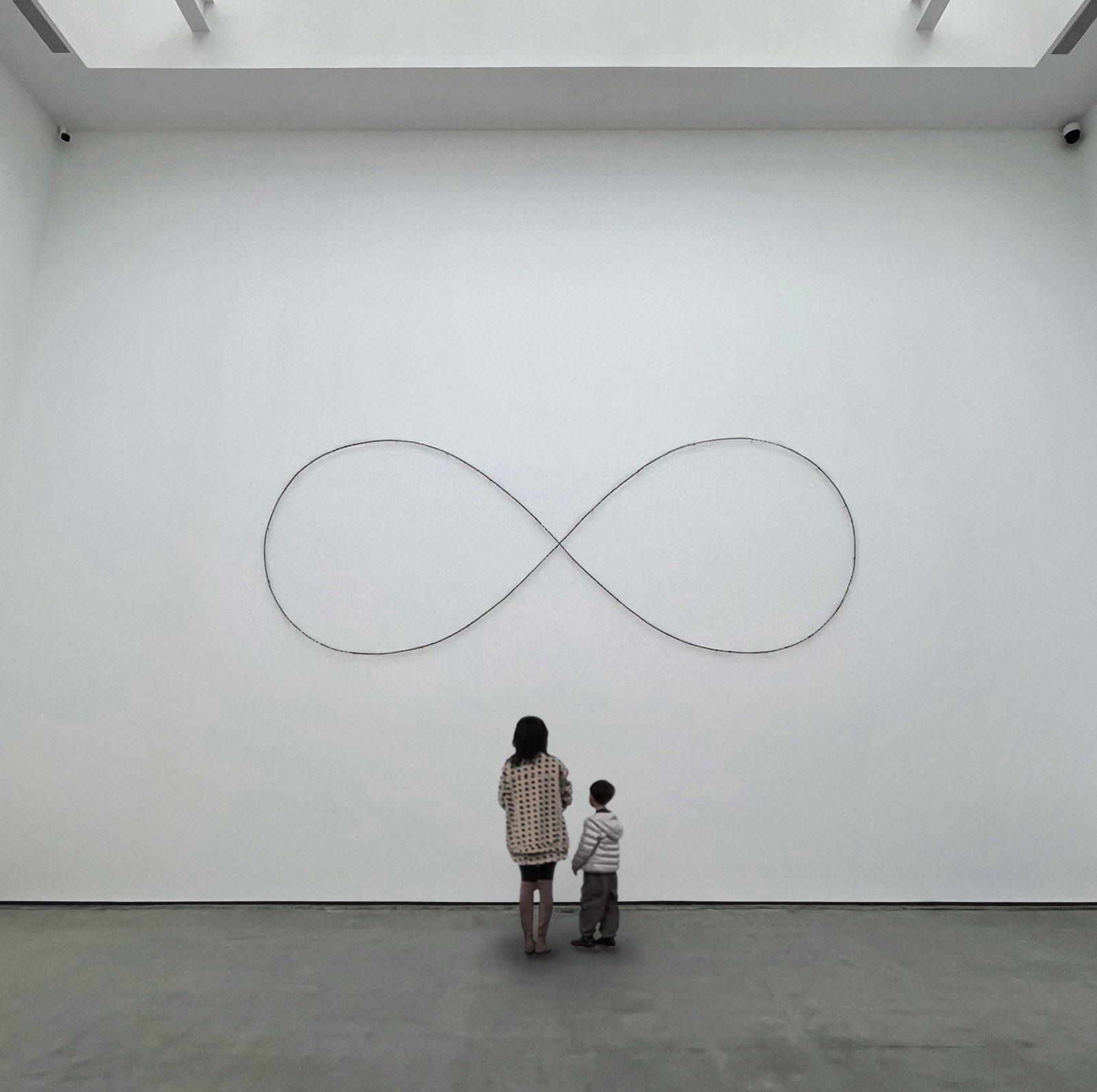 Filippo Berta, Liminal, curated by Lu Zhao and Angel Moya Garcia, Wu Space of Contemporary Art, Shenyang, Liaoning province, China
Filippo Berta, Liminal, curated by Lu Zhao and Angel Moya Garcia, Wu Space of Contemporary Art, Shenyang, Liaoning province, China
In times like these, borders become a (mad) tool to try and create balance between different communities. Countries, governments, political actions, and hate campaigns attempt to draw lines between “us” and “them,” in a misguided effort to uphold outdated, conservative concepts — as if trying to resist the natural centripetal movement that now defines global societies.
I find all of this profoundly ironic, almost as much as the clumsy and awkward attempts by right-wing parties to provoke and incite two opposing and distinct camps. These examples may instill fear today, but they are destined to fail over time.
It is precisely because of these terrible events we see every day — I deliberately say see and not live, since I am neither in Gaza nor in Ukraine, or in any country gripped by civil war or other forms of violence — that I want to talk about the exhibition Liminal by renowned artist Filippo Berta, curated by Lu Zhao and Angel Moya Garcia, at Wu Space in Shenyang, China.
The exhibition offers an overview of one of the most compelling artists in the contemporary Italian art scene. What stands out about Filippo Berta is his conscious choice to not follow predetermined rules, to reject conformity, and to accept that perfection and similarity are not necessarily conditions of social existence. Even with this show, the artist raises questions that shape and inspire us as individuals, as cultures, and as communities in a constantly evolving world.
In this sense, the exhibition unfolds like a circular choreography, articulated in four acts: different expressions of a single urgency.
Among them, we find the intimate boundary in the work One by One (2021), winner of the 5th edition of the Italian Council grant (2019). Between 2019 and 2020, Filippo Berta traveled through Eastern Europe (Hungary, Serbia, Slovenia, Croatia, Turkey, North Macedonia, Greece, Bulgaria), then moved on to America (United States and Mexico), and finally to Asia (South Korea), filming video and conducting participatory actions with the direct involvement of border-area residents.
Each participant was asked to count out loud — in their own language — the barbs of a wire fence.
A ritualistic and solitary action, both utopian and imaginative, symbolic and dangerous, shaped through the hand’s gesture of pointing to each barb and the voice reciting the count like an intimate prayer.
The installation also includes a cacophony of languages which, through words and sounds, merge into a collective count: a dissonant chorus carrying stories, memories, and dramas.
The second act addresses the social boundary, represented by three works: Livello 0 (2019), Déjà Vu (2008), and Sulla retta via (2014). This section explores the difficulty of maintaining a perfect and clean line, symbolizing humanity’s (vain) attempt to find a balance between our intuitive, emotional, impetuous nature, and the roles assigned by society.
Roles that penetrate individual consciousness and condition behaviors, guiding individuals toward standardized models.
The third act instead focuses on the authorship boundary, one of the most recurring elements in Berta’s practice.
Here, a selection of six videos from his collective, participatory, and delegated performances is presented. In these works, creator and performer, audience and participants, the observed and the observer, all blur together, replace one another, intertwine in a web of uninterrupted relationships.
The videos clearly reveal the artist’s renunciation of control over the artwork: each action, each process, each outcome is entrusted to others. Berta limits himself to conceiving a beginning and a possible development, then delegates and lets go of any claim to control.
A radical gesture that transcends the authorship boundary and transforms the artist from creator to spectator.
The final act addresses the existential boundary, through a selection of photographs and two videos where the reflective, intellectual, and meditative nature of human beings emerges through semiotic and phenomenological elements in a profoundly interdisciplinary exploration.Here we find one of my favorite works by Berta: Come polvere nel vento (2024), a video showing a boat gliding across a desert of water without a precise destination — like a compass that has lost its orientation. The barley seeds carried by the boat become a metaphor for human beings: some will be lost, others will find a place to grow.
Like dust blown by the wind, our identity may remain suspended, waiting for fertile ground where it can manifest. Berta reflects on identity as a condition in flux — a still undefined potential. The boat’s circular motion thus represents an endless search for a path, a desperate attempt to escape that doesn’t always lead to a destination.
Liminal tells the story of fifteen years of work, in which the artist builds collective works that carve into, question, and redefine the very concept of boundary. A (damn) timely exhibition in a present where social conformity and the condemnation of difference seem to be the most adopted policies. A courageous project, grounded in obsessive and relentless research into the role and responsibility of each individual in building their own community.
For the lucky few planning a trip to China this hot summer, the exhibition is open until July 28.
Cover image: Filippo Berta, Polvere
Alessio Vigni, born in 1994. He designs, edits, writes and deals with contemporary art and culture.
He collaborates with important museums, art fairs, art organisations and is an external consultant for the Fondazione Imago Mundi (Treviso). As an independent curator, he works mainly with emerging artists. He recently curated SNITCH Vol.2 (Verona, 2024), Dialoghi empatici (Milan, 2024) and the exhibition SNITCH (Bologna, 2023). His curatorial practice investigates the relationship between the human body and the social relations of contemporary man.
He writes for several specialised magazines and is author of art catalogues and podcasts. For Psicografici Editore he is co-author of SNITCH. Dentro la trappola (Rome, 2023). Since 2024 he has been a member of the Advisory Board of (un)fair.
